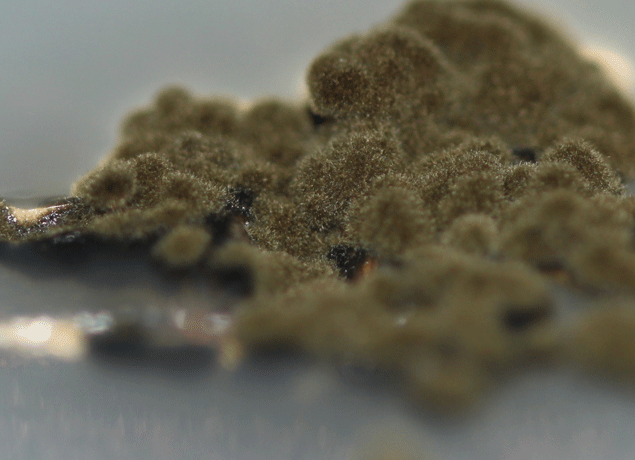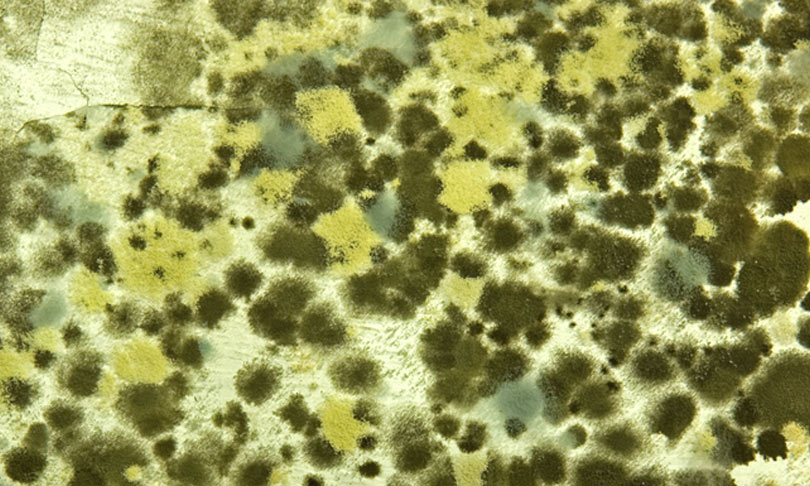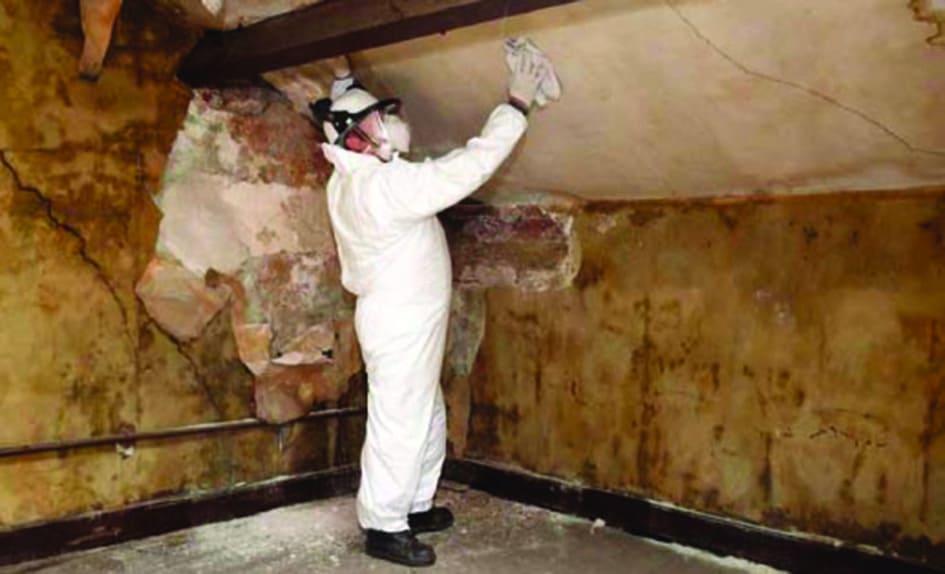Mould is a serious health hazard that could be putting your employees at risk
Mould is a type of fungi that produces tiny spores which settle on indoor and outdoor surfaces. When the mould spores land on a damp spot, they begin to grow and digest the surface where they’ve landed. Mould can destroy building materials and furnishings and cause damage to the health of your employees.
Most state and territory work health and safety laws require employees to provide a workplace that is free of risk to health, and where employees aren’t exposed to hazards. If you know or suspect there is a mould infestation on your construction site or in your workplace, you must take steps to identify and fix the problem as soon as possible.
Mould sickness
Health effects of mould exposure
When mould grows, it produces allergens, irritants and toxins which can cause allergic reactions and respiratory problems. Mould can be highly toxic, and reactions can be severe. Children, seniors, pregnant women are particularly vulnerable to the effects of mould exposure.
Mould can also cause lung infections in people with compromised immune systems or pre-existing lung diseases. Certain types of moulds produce mycotoxins, which, with prolonged exposure, can lead to severe and chronic conditions. According to the Centre for Disease Control and Prevention, people with compromised immune systems or chronic lung illnesses, ‘may get serious infections in their lungs when they are exposed to mould.’
In 2009, the World Health Organization released Guidelines for indoor air quality: dampness and mould. The guidelines recognise the many health risks associated with mould exposure and provide recommendations on how to control moisture and reduce outbreaks of mould.
Symptoms of mould exposure
If your employees are exposed to mould in your building, they can suffer a variety of health problems.
Common symptoms include:
- Headaches
- Skin irritation and rash
- Allergic reactions
- Red, watery or itchy eyes
- Runny nose
- Coughing, sneezing and wheezing
- Aggravation of asthma symptoms
If your employees experience these symptoms, or there are strong musky odours in the workplace, you should check to see if mould is the cause.




